Name Miki Dora Role Surfer | Parents Miklos Dora Education Hollywood High School | |
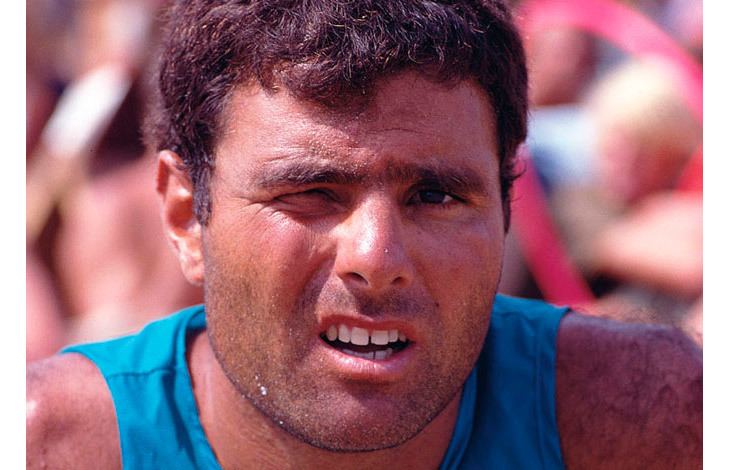 | ||
Movies The Endless Summer, Beach Party, Muscle Beach Party, Surf Party, Glamour in Tennis Similar People David Rensin, Bruce Brown, Robert August, Michael Hynson, Johnny Fain | ||
Rincon surfing miki dora 1966 69
Miki Dora (b. Miklos Sandor Dora 11 August 1934, Budapest, Hungary - d. 3 January 2002, Montecito, California) was a noted surfer of the 1950s and 1960s in Malibu, California.
Contents
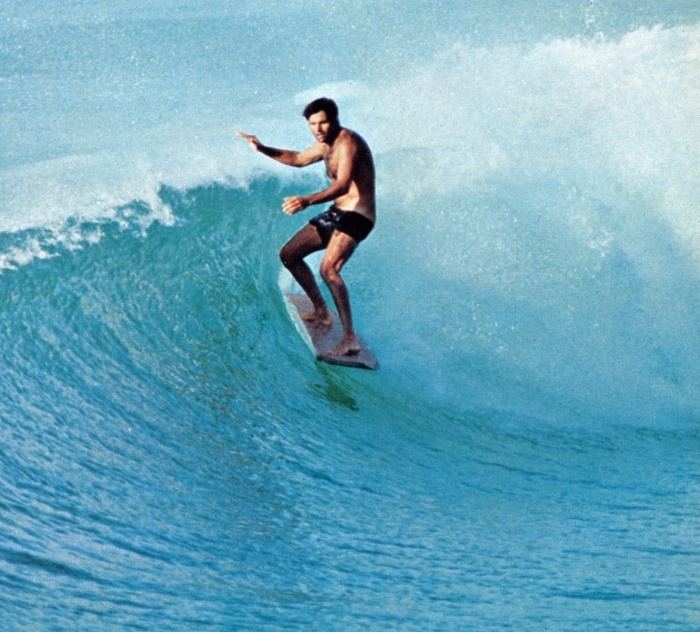
Dora received numerous nicknames and aliases during his life, including "Mickey Dora," "The Black Knight," "the Gypsy Darling," "Malibu Mickey," "Kung'Bu," "the Fiasco Kid" and Miki "da kat" Dora.
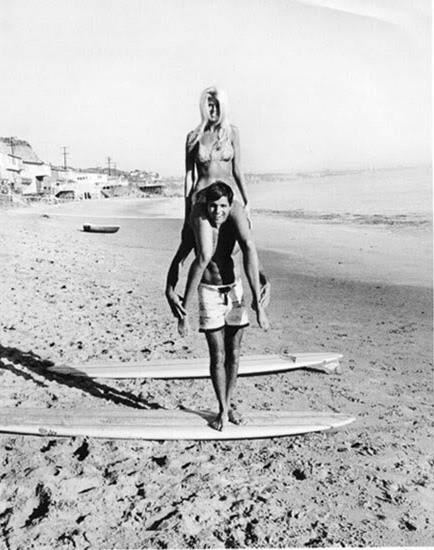
Featured in the surf movie The Endless Summer, Dora was credited in the beach party films: Beach Party (1963), Surf Party (1964), Muscle Beach Party (1964), Bikini Beach (1964), Beach Blanket Bingo (1965), Ski Party (1965) and How to Stuff a Wild Bikini (1965).

MALIBU SURFING Miki Dora
Life
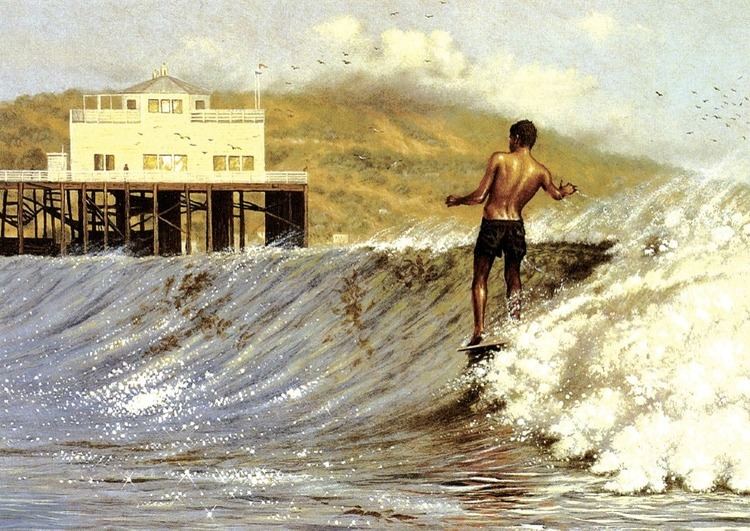
Dora was introduced to surfing by his father, Miklos, in the late 1930s. Steve Pezman, in The Surfers Journal (volume 11, Number Two, Spring 2002), writes:
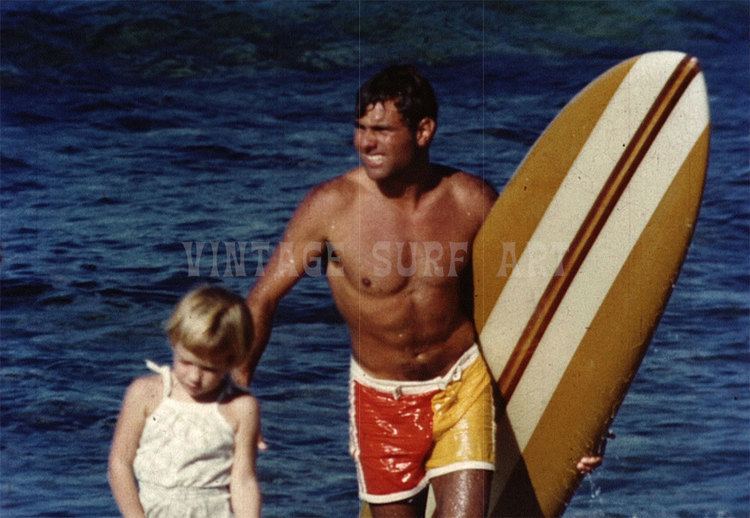
"Mr. Dora returned and invited us into the den where the walls were covered with photos. Pointing to an image on the wall, he explained the young boy and young man in surf trunks standing on the sand in front of a bluff. "Here I am with Miki on our first day at San Onofre in 1940. Miki is six in the photo." Surprised, Munoz asks, "Did you surf?" Miklos answers, "Oh, yes. I wasn't ever that good, but I frequented the Cove and San Onofre back in the '30s and '40s. I took Miki to the Cove for his first surf at age four." We had both always assumed that it was Miki's stepdad, Gard Chapin, who launched his surfing, that his real father was more the city sophisticate, removed from the beach scene. But, no, not at all."
His stepfather Gard Chapin was also a "surf pioneer . . . a roughneck rebel who neer fit into polite society." Chapin's obsessions with surfboard design brought Dora into contact with California industrial designers including visits to the studio of Charles and Ray Eames.
Dora's signature board, released in 1966, became the biggest seller in history, and again on its rerelease 25 years later. One of the advertisements features Dora being crucified on two of his boards.
At the height of his surfing popularity, he decided to flee the U.S. in 1970 after a warrant was issued against him for credit card and check fraud. The latter trait backfired after he returned to America from France in 1981. He was arrested by the FBI for having fled the country in 1975 in violation of his parole after pleading guilty to writing a bad check for the purchase of ski equipment.He returned to California in 1973 facing probation, which he broke. While serving time for that, he was sentenced to six months in federal prison after a Denver grand jury indicted him in 1982 for altering a credit card and using it on a two-year spending spree through Europe and Asia.
He was jailed twice and spent much of his later years in France. He died at his father's home in Montecito, California, on January 3, 2002, at age 67. from pancreatic cancer.
"... If you took James Dean’s cool, Muhammad Ali’s poetics, Harry Houdini’s slipperiness, James Bond’s jet-setting, George Carlin’s irony and Kwai Chang Caine’s Zen, and rolled them into one man with a longboard under his arm, you’d come up with something like Miki Dora, surfing’s mythical antihero, otherwise known as the Black Knight of Malibu.... His surfboard was his magic carpet and his wits were his wings, and from the late ’60s up until his death in 2002, excepting a couple brief prison stints, Dora lived the Endless Summer lifestyle, defining what it means to be a surfer ...."
Controversy
"Described by friends as smart, witty and iconoclastic, the charismatic Dora was also known for being standoffish, secretive and something of a scam artist.
Dora "had no mercy on those around him," Pezman said. "He'd push them off. He was always [angry] at the crowds and the SF Valley surfers."
Peter Westwick, USC Dornsife assistant professor of history, and Peter Neushul, researcher and lecturer in history at UC Santa Barbara, in their 2013 book, The World in the Curl: An Unconventional History of Surfing, write: "Existing surf books have presented the heroic side. Dora, dubbed the king of Malibu, was infamous for painting a swastika on his surfboard. The guy was a fantastic surfer, but he was a bigot. He was charismatic and a lot of people loved him. But you have to call him out when he’s just spouting racist garbage."
Despite his perceived mistrust towards the commercialization of surfing, Dora did enter into a profit sharing arrangement with Greg Noll to release a limited number of Miki Dora "da cat" surfboards, during which time he authored magazine ads promoting the boards.
